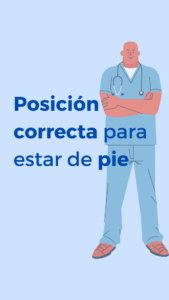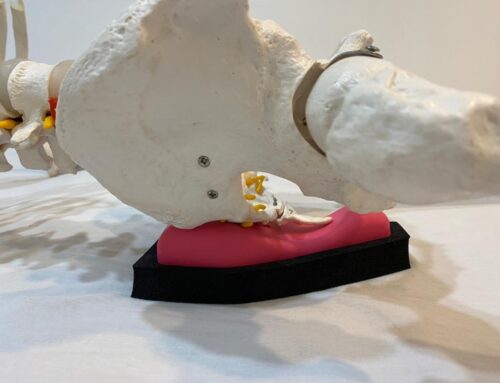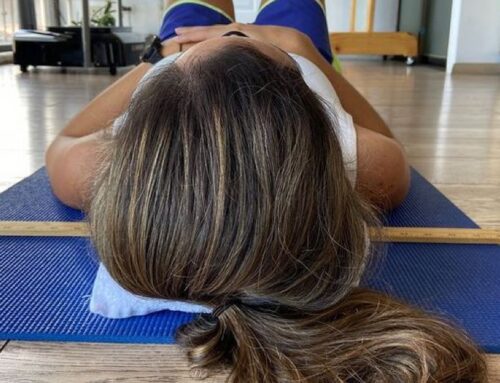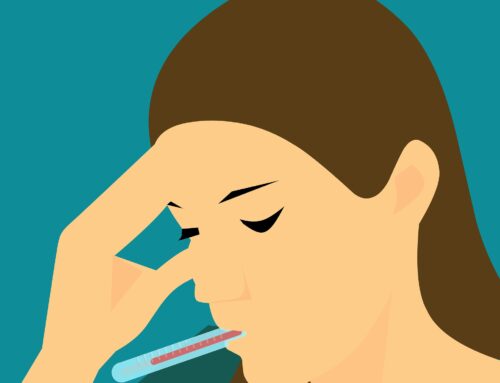How to stand correctly?

If you are one of the people whose work requires you to stand up for long periods of time , it is important that you become aware of the position of your body; because in the long term it can affect your health negatively.
Prolonged standing reduces the blood supply to the lower extremities, causing problems with your joints and muscles. Some problems such as tired legs syndrome (which affects a large part of the adult population) are directly related to the work that people do.
If you have any of the problems mentioned, do not hesitate to consult your physical therapist. Treating these symptoms quickly can prevent them from developing into chronic problems that can be with you for the rest of your life.
Associated Symptoms
Recommendations

If you are one of the people whose work requires you to stand up for long periods of time , it is important that you become aware of the position of your body; because in the long term it can affect your health negatively.
Prolonged standing reduces the blood supply to the lower extremities, causing problems with your joints and muscles. Some problems such as tired legs syndrome (which affects a large part of the adult population) are directly related to the work that people do.
If you have any of the problems mentioned, do not hesitate to consult your physical therapist. Treating these symptoms quickly can prevent them from developing into chronic problems that can be with you for the rest of your life.





